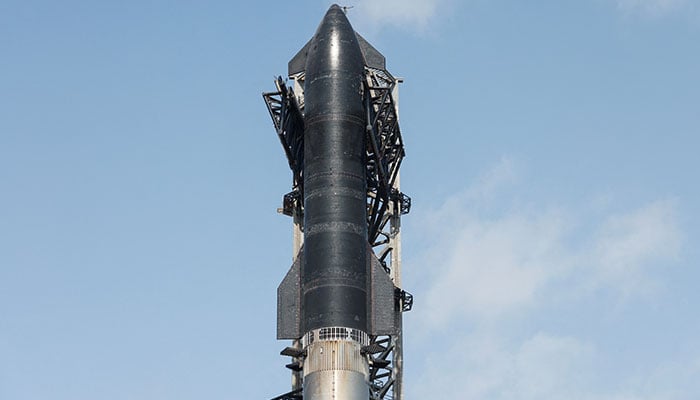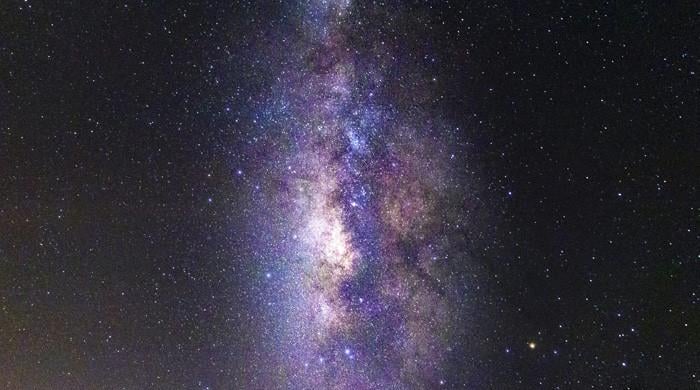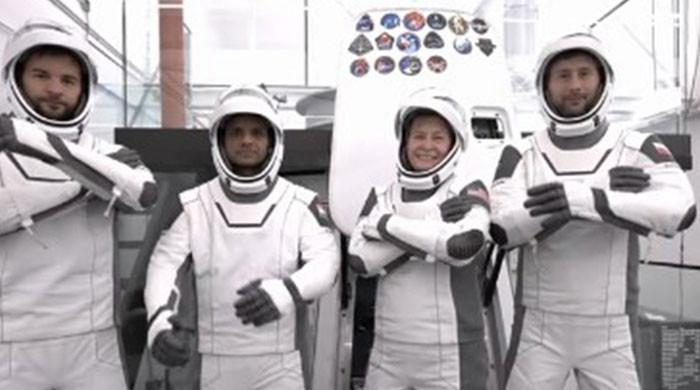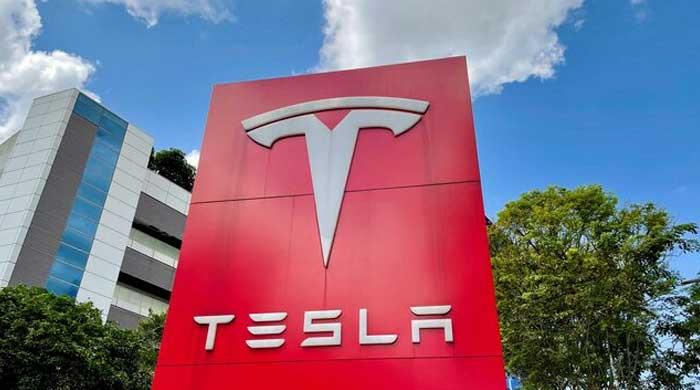Elon Musk's SpaceX Starship blasts off after fiery failures
Starship completed eight integrated test flights atop Super Heavy booster, with four successes and four failures
May 28, 2025

SOUTH PADRE ISLAND: Elon Musk’s SpaceX Starship rocket successfully blasted off from Texas on Tuesday, following two earlier test flights that ended in explosions.
The launch marks a big step forward for Musk’s dream of sending humans to the Moon and Mars, with crowds watching closely to see if the rocket would finally fly without trouble.
The biggest and most powerful launch vehicle ever built launched around 6:36 pm (2336 GMT) from the company’s Starbase facility near a southern Texas village that recently voted to become a city, also called Starbase.
Standing 403 feet (123 metres) tall, the black-and-white coloured behemoth is designed to eventually be fully reusable and carries billionaire Musk’s hopes of making humanity a multi-planetary species.
NASA is also counting on a variant of Starship to serve as the crew lander for Artemis 3, the mission to return Americans to the Moon.
But the last two tests ended with the upper stages erupting in fiery cascades that sent debris raining down over Caribbean islands and disrupting flights — piling more pressure onto SpaceX to get it right this time.
Ahead of the countdown, excitement was high among dozens of spectators who had travelled to the nearby Isla Blanca Park on South Padre Island, to see if SpaceX would pull it off.
Australian Piers Dawson, 50, told AFP he is "obsessed" with the rocket and made it a destination on his family holiday — his first trip to the United States with his wife and teenager.
"I’m just expecting a successful launch. Obviously, that’s very exciting," Dawson said, adding he had taken his 15-year-old son out of school to be here.
Several small tourist boats also dotted the lagoon to catch a glimpse of the spectacle, while a live feed showed Musk sitting at ground control in Starbase, wearing an "Occupy Mars" T-shirt.
‘Fail fast, learn fast’
To date, Starship has completed eight integrated test flights atop the Super Heavy booster, with four successes and four failures ending in explosions.
The company is betting that its "fail fast, learn fast" approach, which helped it become the dominant force in commercial spaceflight, will once again pay off.
Still, it acknowledged in a statement that progress "won’t always come in leaps."
On the bright side, SpaceX has now demonstrated three times that it can catch the Super Heavy first stage booster in the giant robotic arms of its launch tower — a daring feat of engineering that it says is key to making the system rapidly reusable and reducing costs.
The company will be reusing a Super Heavy booster for the first time on this ninth flight.
Because engineers want to fly it in new ways that push its limits — including a steeper descent angle, and intentionally disabling one engine — there will be no attempt to catch the Super Heavy booster this time. Instead, it will splash down in the Gulf of Mexico.
As in previous missions, the upper-stage spaceship will attempt to fly halfway around the globe and splash down in the Indian Ocean.
The ship will also undergo stress testing: several heat shield tiles have been removed, one of a number of experiments aimed at making it reusable in the long term.
SpaceX will also aim to deploy its first ever payload: "simulators" of its Starlink internet satellites, which are expected to burn up in the atmosphere.
In issuing its launch approval, the Federal Aviation Administration said it had nearly doubled the airspace closure zone to 1,600 nautical miles east of the launch site.
It is coordinating with authorities in the UK, the British-controlled Turks and Caicos Islands, the Bahamas, Mexico, and Cuba.
The FAA also recently approved an increase in annual launches from five to 25 — stating the increased frequency would not adversely impact the environment and overruling objections from conservation groups.











